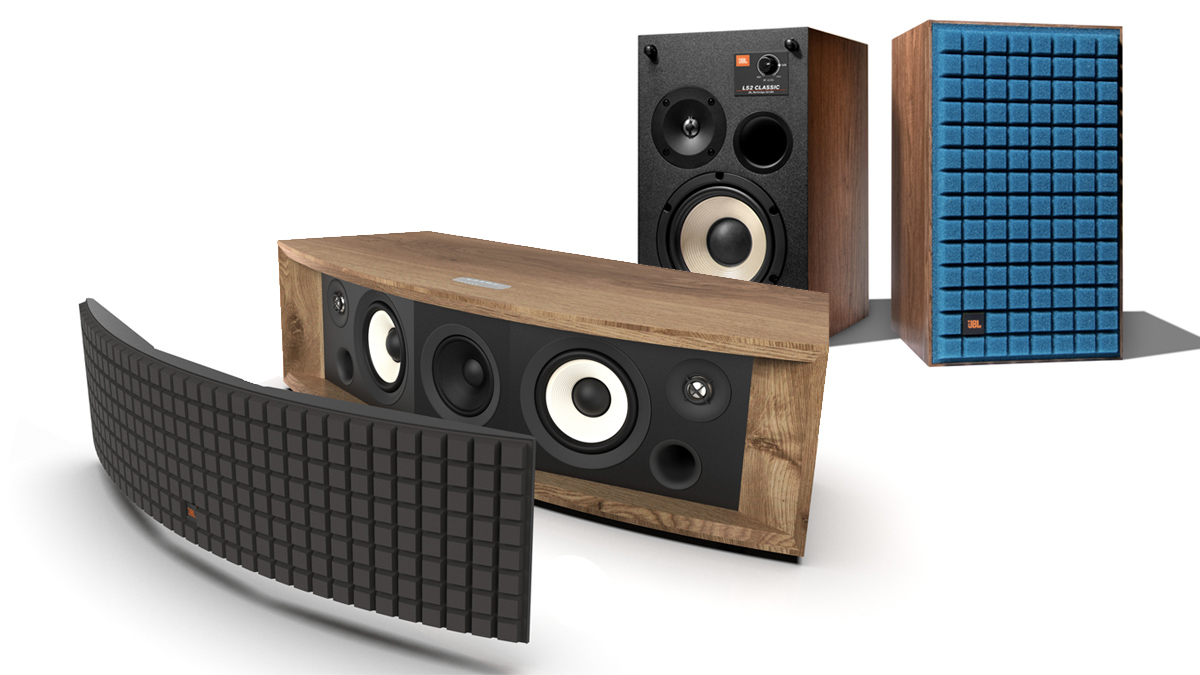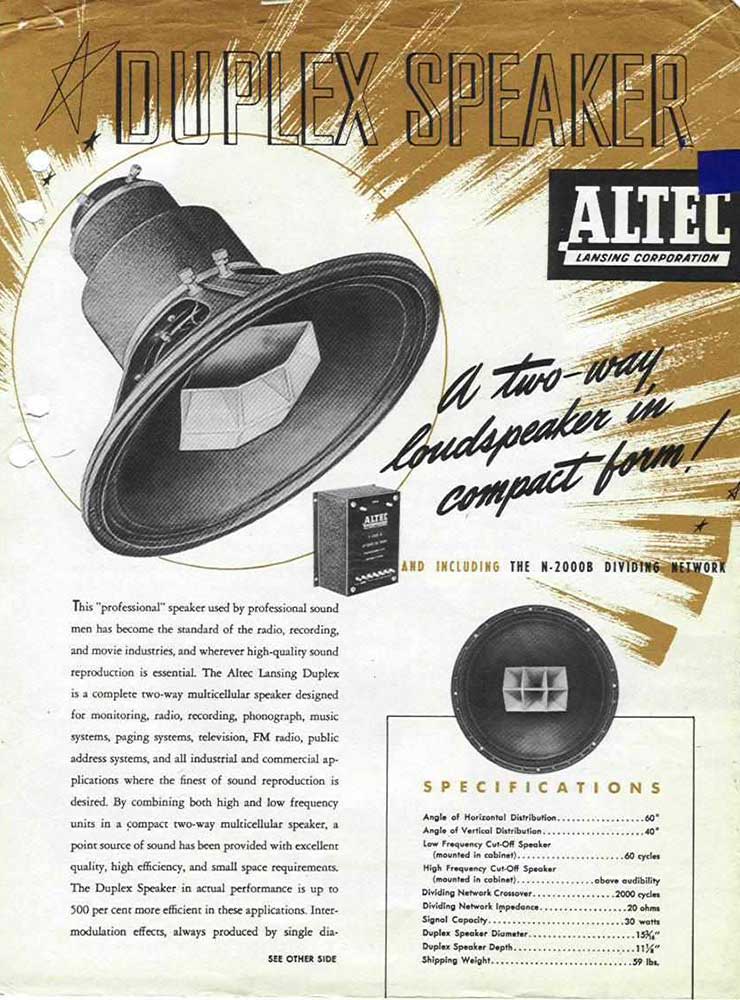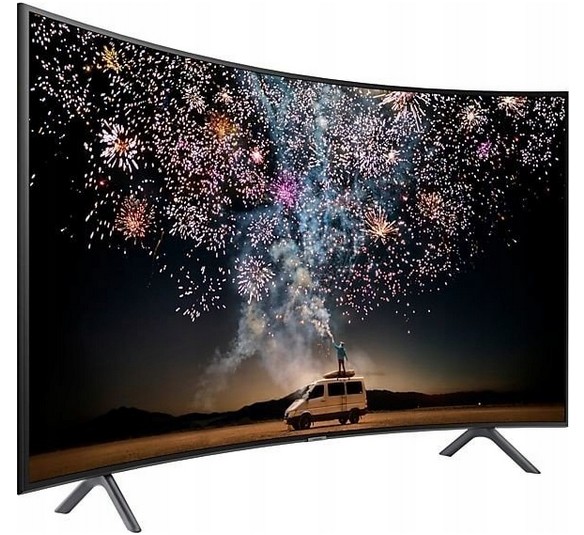
A good example of how similar a boombox and soundbar can be is the JBL L75ms. It costs around €1,500 and has a positive review from What Hi-Fi. Its design harkens back to the legendary hi-fi speakers of the 1970s, which were modeled after iconic studio monitors. Future versions of this active speaker will undoubtedly incorporate the latest surround sound solutions. Samsung now owns the American brand JBL and over the years, it has built a very strong market position with this type of offering. Along with Google, it is also one of the main initiators of new surround sound format Eclipsa Audio. More about it: A historic launch for Eclipsa Audio in Las Vegas will change a lot
Soundbar-like designs are nothing new for JBL. The same is true for Altec Lansing,, who even introduced a multi-channel soundbar called Voice of the Digital Theater back in 1998. The Wikipedia specifies also: James
Bullough Lansing (born James Martini, January 2, 1902 – September 29,
1949) was a pioneering American audio engineer and loudspeaker designer
who was most notable for establishing two audio companies that bear his
name, Altec Lansing and JBL, the latter taken from his initials, JBL. More on this topic can be found in: PC4uMusic configuration can be useful even with a soundbar.
Both manufacturers' offerings initially featured horn-based designs. The most advanced was the JBL D44000 Paragon, shown in the sketch above. The Wikipedia specifies also: It was introduced in 1957 and discontinued in 1983; its production run was the longest of any JBL speaker. At its launch, the Paragon was the most expensive domestic loudspeaker on the market.

Altec's most important innovation was the coaxial electroacoustic transducer Duplex. Now, their transducers have been built into laptops from companies such as Hewlett Packard for many years.

Recently, this brand has been focusing on the boombox. The photo shows that streaming replaces cassette tapes, but instead of a smartphone port, there may be a subwoofer. However, they only unnecessarily fixed themselves on the legend of the horn.

In boombox design, this obsession is likely an unwitting imitation of Japanese solutions from years past, lacking practical knowledge of earlier American developments at Altec Lansing. Nowadays, with digital technologies, it is possible to use loudspeakers in a more practical way. This is especially true for coaxial speakers, where the subwoofer can be mounted with the center speaker. This allows them to fit perfectly in the center, between the stereo pair, while the surround speakers can be mounted on the side walls.

A slightly different solution might be a larger subwoofer with 2 satellites for stereo and extra surround sound. Digital technology offers many possibilities here. Eclipsa Audio will likely be the inspiration for this. There is no need to replace an expensive TV and instead of a cheap soundbar it is better to invest in a properly designed boombox. Such a solution can be custom-made.

Tests with a simple TV have shown that even its small speakers built into the back of the curved screen work well if they are driven by the right amplifier and the low tones are filtered out. However, this is difficult to hear during normal use because the TV's operating system excessively distorts the sound.
 The American company Bose already had some ideas in this area, but it was a solution limited by the possibilities of analog technology.
The American company Bose already had some ideas in this area, but it was a solution limited by the possibilities of analog technology. 
The Bose 901 had 9 full-range 4 inch electro-acoustic transducers in each speaker - one in the front and 8 on the back

However, in descriptions after many years, their front and back may be confused. This may have been caused by the stage speakers being used differently.
 drawing by Per Oscar Dahlberg
drawing by Per Oscar DahlbergBenjamin's psychoacoustic lab is constantly testing and implementing possibilities for optimal music playback using new technical solutions with the computing potential of computers and open structures.PC4uMusicis the main project.



Not long after the tremendous success of the Bose 901 speakers, the company discovers that professional musicians and sound engineers are repurposing the 901s as public address speakers and onstage monitors. Sensing the possibilities, Bose launches the Bose 800 Professional speaker — a breakthrough technology designed for musicians that becomes widely used in concerts and music venues. It quickly becomes a bestseller worldwide.
ReplyDeletehttps://timeline.bose.com/decade/the-seventies
Bose Speakers
DeleteArticle from International Musician & Recording World, September 1975
https://www.muzines.co.uk/articles/bose-speakers/6645
Delete1975 Bose 800 & 1800 Dead Ad
Has your sound system reached the hight of absurdity?
https://aboutprosound.com/portfolio/1975-bose-800-1800-dead-ad/
Transducers: 8 x 4½" (11.4cm) Full range driver. IEC Power rating: 240w Continuous - 320w Peak Frequency Response: 55Hz to 16kHz ± 3dB Sensitivity: 99 dB SPL (1 W, 1 m, 300 Hz - 3kHz)92 dB SPL (1 W, 1 m, 50 Hz - 16kHz pink noise) Dispersion: 120 degree Horizontal100 degree Vertical Cabinet: Black high-impact moulded polypropylene Dimensions: H41cm x W51cm x D34cm(with front cover) Weight: 36lbs/16Kg per speaker
Deletehttps://www.worthpoint.com/worthopedia/pr-bose-801-series-ii-speakers-1848519893
In 2006, Bose was ranked second behind Sony in retail sales in the home audio sector.
Delete